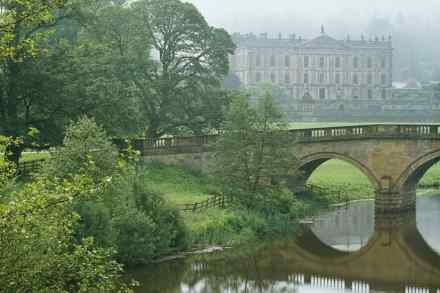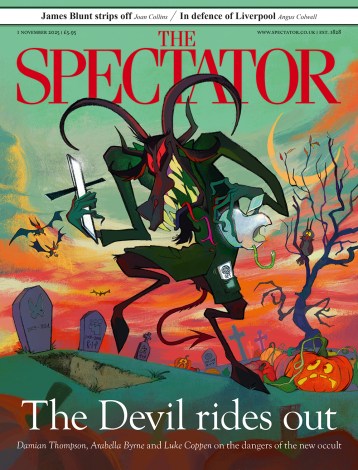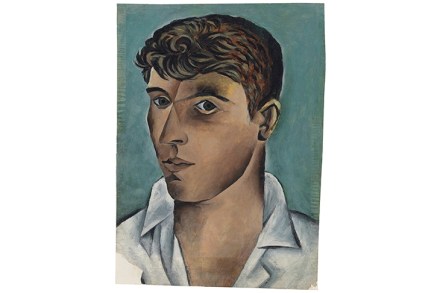It’s a wonder any of our great country houses survived the 20th century
One of Adrian Tinniswood’s recent books, The Long Weekend, is a portrait of country house life in the interwar years. Hedonistic, carefree, fuelled by an army of servants, such an existence now seems a distant dream. In this companion volume he takes the story further, looking at what happened to the country house after 1945. (By country house, he does not mean ‘The Old Rectory’ or ‘The Elms’ but something that tends to end in ‘Hall’, ‘Park’, ‘Court’ or ‘Castle’). Immediately after the war, the outlook for these splendid buildings was bleak. Some had been affected by the Depression of the early 1930s and many fell victim to the penal


